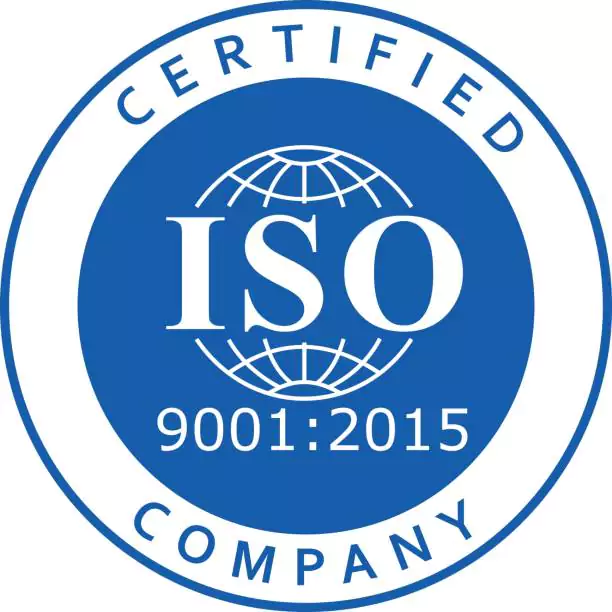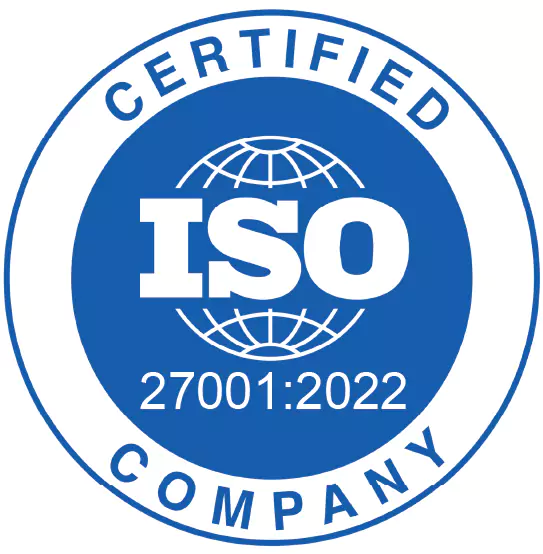The Progressing Cavity Pump market is estimated to be valued at USD 3.72 Bn in 2024 and is expected to exhibit a CAGR of 5.2% over the forecast period 2024-2031. The progressing cavity pump market is growing owing to the rising oil & gas production activities and increasing demand from wastewater treatment plants. Furthermore, their low installation and maintenance costs along with high efficiency in viscous fluid applications are spurring their adoption across various industries.
Market Dynamics:
The progressing cavity pump market growth is driven by the rising oil & gas production and growing wastewater treatment industry. Oil & gas production has been increasing globally owing to the rising energy demands and improving investments in upstream projects. Progressing cavity pumps are widely used in oil extraction, well pumping applications, and offshore platforms due to their high efficiency in handling viscous fluids. Moreover, stringent regulations regarding industrial wastewater disposal and increasing freshwater scarcity are propelling the installation of advanced wastewater treatment facilities worldwide. Progressing cavity pumps have high efficiency in fluid transferring applications and can handle wastewater with high viscosity and solids content efficiently. Growing investments in production and environmental projects across industries will continue driving the demand for progressing cavity pumps during the forecast period.
Market Drivers:
Increased Oil And Gas Exploration And Production Activities Is Driving The Market Growth
The progressing cavity pump market is witnessing significant growth due to the increasing oil and gas exploration and production activities globally. Progressing cavity pumps are widely used in the oil and gas industry for pumping viscous fluids and slurries over long distances. They provide excellent volumetric efficiency for pumping difficult liquids with a high viscosity index or solids content. As the demand for oil and gas continues to rise due to the growing population and industrialization, production rates are increasing significantly. This is fueling the requirement for effective and efficient pumping solutions like progressing cavity pumps to transfer exploration outputs from remote or offshore locations to processing plants or transport pipelines onshore. Various government initiatives to boost domestic production through expedited approvals for exploration projects will also drive the demand.
Increased Oil And Gas Extraction From Unconventional Reservoirs Widening Market Opportunities
Another major driver for the progressing cavity pump market is the rise in oil and gas extraction from unconventional sources like tight oil formations and oil sands. Progressing cavity pumps are ideal for handling the viscous crude extracted from these reserves, which conventional pumps struggle to manage efficiently. Their progressive, non-pulsing flow action prevents pipe blockages and reduces requirement for additional downstream processing. They are extensively used for bitumen transfer in oil sands extraction and various hydraulic fracturing applications. As companies focus on unlocking hydrocarbon resources from these hard-to-recover reserves to meet the energy demand, the adoption of progressing cavity pumps optimized for handling highly viscous fluids will continue growing. Various new extraction projects in regions like North America, Latin America, and Asia Pacific will further provide opportunities.
Market Restraints:
High Initial Investment Required Is A Major Market Restraint
One of the key restraints hampering the progressing cavity pump market's growth is their high initial capital cost compared to conventional centrifugal pumps. Progressing cavity pumps need a greater initial investment as their manufacturing involves casting or machining of complex rotor and stator components to withstand abrasive and corrosive fluids. Their maintenance and repair costs are also relatively higher. This high upfront expenditure deters various price-sensitive end-use industries and small and medium enterprises from adopting these pumps over cheaper alternatives. The requirement of specialized competencies for installation and commissioning activities further increases the costs. These economic challenges restrict faster replacement of existing pumps with more efficient progressing cavity variants, limiting new equipment sales.
Lack of Standardization In Product Designs Complicates Installation and Maintenance
Another major challenge faced by the progressing cavity pump market is the lack of standardization in product designs across different manufacturers. Progressing cavity pumps are customized as per specific application requirements related to throughput rates, fluid properties, piping layouts, and installation locations. While this approach offers flexibility, it also leads to inconsistencies. Equipment supplied by different vendors may not be directly interchangeable or compatible. This complicates installation procedures at project sites and aftersales services like routine maintenance checks. It requires operators to maintain an inventory of spare parts from multiple OEMs or depend entirely on original components. The non-standardized nature of products increases life cycle costs and hampers faster repairs, acting as a market barrier. Vendors need to focus on developing more standardized product platforms to simplify processes.
Market Opportunities:
Rise In Global Infrastructure Development Projects Widening Market Opportunities
One of the key growth opportunities for the progressing cavity pump market will emerge from rising infrastructure construction activities worldwide. Mega projects in transportation, energy, and urban development sectors involve extensive earthworks requiring efficient dewatering and slurry transfer applications. Progressing cavity pumps provide major advantages over traditional pumps for dewatering excavation sites and slurry transfer in tunnel boring and microtunneling works. Their high tolerance for solids loading and ability to handle abrasive fluids prevent frequent breakdowns. Additionally, ongoing investments in developing smart city infrastructure with integrated water supply, wastewater treatment and solid waste management networks will augment the demand. Rapid infrastructure growth in developing economies like China, India will create new revenue streams as these projects incomplete without robust fluid handling equipment like progressing cavity pumps.
Increased Investments In Water And Wastewater Treatment Augmenting Market Opportunities
Growing global focus on efficient water resource management through water conservation and wastewater treatment presents another key opportunity area. Progressing cavity pumps are ideal for various applications in water distribution networks, desalination plants, sewage pumping stations, and industrial wastewater handling owing to their self-priming capability and solids tolerance. Rising investments in upgrade and expansion of urban water infrastructure along with establishment of advanced treatment facilities will drive their adoption. Additionally
Link: https://www.coherentmarketinsights.com/market-insight/progressing-cavity-pump-market-5263
Key Developments:
- In February 2023, Netzsch Pumps & Systems revealed plans to expand production and logistics operations in East Asia. The focal point of this expansion is the relocation of a production plant to Lanzhou, China, as part of the "Lanzhou New Plant" project. This initiative aims to bolster the production and logistics network at the Lanzhou site, strengthening the company's presence in East Asia and significantly increasing annual pump manufacturing capacity in Lanzhou.
- In October 2022, Xylem Singapore and Gross-Wen Technologies announced a collaboration aimed at enhancing sustainability efforts. The partnership will focus on advancing GWT's revolving algal biofilm (RAB) technology, a solution for algae-based wastewater treatment that promotes nutrient recovery and reduces the carbon footprint of water utilities.
- In April 2022, NOV extended the availability of its Low Flow Metering Range Pump, renowned for its resilience to harsh chemicals and suitability for continuous or intermittent dosing across various industries, including wastewater treatment, chemical processing, and pharmaceuticals.
- Also in April 2022, Xylem disclosed its investment as a limited partner (LP) in Burnt Island Ventures and The Westly Group's Funds III and IV, totaling USD 20 million. This investment supports Xylem's Xylem Innovation Labs program, fostering innovation beyond the company's confines and facilitating the development of groundbreaking water and industrial technologies.
Key Market Players:
Key companies covered as a part of this study include Alfa Laval AB, Allweiler AG, Blackmer Holding Company, Flotronic Pumps, GRUNDFOS Holding A/S, Mono Pumps Limited, NETZSCH Pumpen & Mühlenwerke GmbH, PCM Technologies, SECO Pumps GmbH, SSP Pump, Titan Engineering LLC, Trilobe America, Inc., Tsurumi Manufacturing Co., Ltd., Vaughan Company, Inc., Verder Liquids Handling Technologies, Weir Group PLC, Wilden Pump & Specialty Products, Xylem Inc., and Yingde Xin'gan Machinery Manufacturing Co., Ltd. are the major players.






